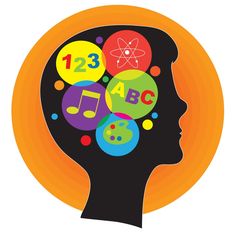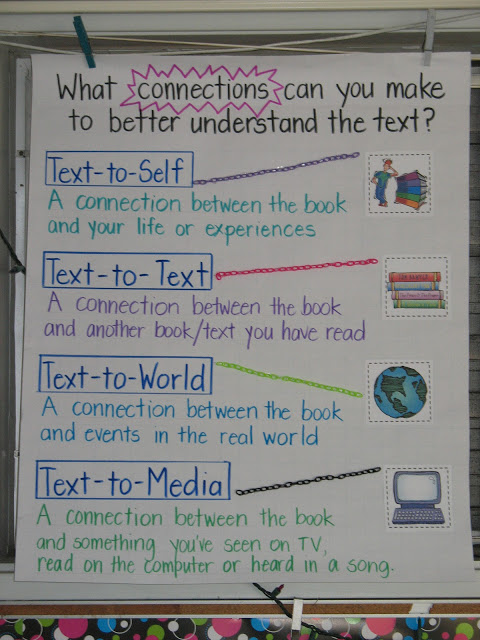As much as 60% of successful comprehension is tied to background knowledge.

Prior knowledge about a topic is the strongest predictor of whether a reader will understand reading related to that topic. However, the surprising thing is the extent to which background knowledge influences other reading behaviours, such as problem-solving when meaning breaks down.
“While it is difficult to teach comprehension, there is one thing we can count on. All comprehension strategies require readers to access and apply background knowledge. In this sense, comprehension is a single strategy—that of applying your experience to construct meaning.” – Gerald Duffy, Explaining Reading: A Resource for teaching Concepts, Skills and Strategies (2009)
AND THE RESEARCH SAYS…
One classic study by Donna Recht and Lauren Leslie used a passage about baseball to test the impact of background knowledge on reading comprehension. They found that reading ability had less impact on comprehension than background knowledge. The “struggling readers” who knew a lot about baseball could replicate the passage better than “good readers” who had little background information about the sport.
Most of our students know about making connections to prior knowledge during reading. But too many struggling readers make superficial or inappropriate connections that don’t support comprehension of the text, and may even compound their confusion. It’s important that we explicitly model and demonstrate our connections to prior knowledge, then provide students with opportunities to practice and think aloud about their own connections and how they relate to the text.
Check out the blog Joy in 6th to read one teacher’s thoughts on teaching students to make connections during reading and to download anchor charts such as this one.
Building Background Knowledge
According to Neuman, Kaifer and Pinkham, here are five tools for helping students build background knowledge:
-
Encourage wide reading. Reading aloud to students and encouraging them to read independently is the very best way to build a wide range of background knowledge.
-
Teach vocabulary and concepts in categories. Our brains are pattern-seekers; reaching related words helps learners see patterns between and among them.
-
Focus on comparing and contrasting concepts and ideas. (Read more about Compare and Contrast)
-
Use analogies and metaphors to help students connect new ideas to familiar ones.
-
Take advantage of multimedia tools for building background information about a topic.


